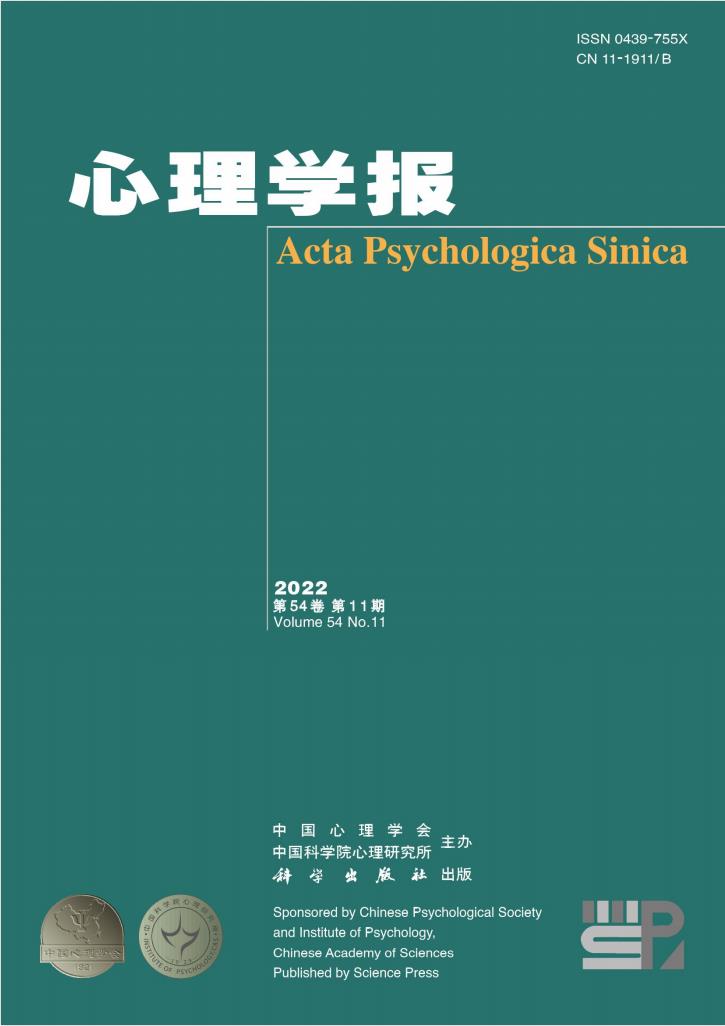The Complex Trial Protocol based on self-referential encoding: Discriminating the guilty from the knowledgeable innocent
IF 1.3
4区 心理学
Q3 PSYCHOLOGY, MULTIDISCIPLINARY
引用次数: 1
Abstract
The concealed information test (CIT) is a lie detection method, which can determine if a criminal suspect knows the crime-related information and then infer whether the suspect is guilty. The CIT has high internal validity but it is easy to misjudge an innocent person who knows the crime-related information as a guilty one. Therefore, it is necessary to improve CIT's detection accuracy for the guilty and the knowledgeable innocent persons. The complex trial protocol (CTP) is a modified CIT which can effectively resist countermeasures, but it hasn’t been successfully applied to discriminate the guilty from the knowledgeable innocent. The present study designed a novel CTP based on self-referential encoding, which measured the early posterior negativity (EPN) and P300. The probe or one of the irrelevant stimuli was randomly presented in the first phase of a trial, and the target (participant’s name) or one of the non-targets (others’ names) was randomly presented in the second phase of a trial. The participants needed to make self-related or self-unrelated responses in two phases when they saw the stimuli. The results revealed that: (1) the area under the curve (AUC) for P300 to discriminate the guilty from the unknowledgeable innocent was 0.922, which was significantly higher than 0.5 (the chance level). The AUC for P300 to discriminate the guilty from the knowledgeable innocent was 0.605, which was not significantly different from 0.5, and the false positive rate of the knowledgeable innocent was 75%. The AUC for P300 to discriminate the knowledgeable innocent from the unknowledgeable innocent was 0.859, which was significantly higher than 0.5. (2) The AUC for EPN to discriminate the guilty from the unknowledgeable innocent was 0.770, and the AUC for EPN to discriminate the guilty from the knowledgeable innocent was 0.721. The two AUCs were significantly larger than 0.5. The false positive rate of the knowledgeable innocent was 12.5%. The AUC for EPN to discriminate the knowledgeable innocent from the unknowledgeable innocent was 0.516, which was not significantly different from 0.5. In summary, the present study indicated that: (1) P300 can effectively discriminate the guilty from the unknowledgeable innocent, but can not effectively discriminate the guilty from the knowledgeable innocent. P300 is easy to misjudge the knowledgeable innocent as the guilty person. (2) The discrimination of EPN was weaker than that of P300 in discriminating the guilty from the unknowledgeable innocent. However, the discrimination of EPN was superior to that of P300 in discriminating the guilty from knowledgeable innocent. EPN is not easy to misjudge a knowledgeable innocent person as a guilty one. (3) When the CTP based on self-referential coding is applied to detect lies, P300 can be used to discriminate the guilty from the unknowledgeable innocent and EPN can be used to discriminate the guilty from the knowledgeable innocent.基于自指编码的复杂审判方案:区分有罪与有知识的无辜者
隐藏信息测试(CIT)是一种测谎方法,它可以确定犯罪嫌疑人是否知道与犯罪有关的信息,进而推断犯罪嫌疑人是否有罪。CIT具有较高的内部效度,但很容易将知道犯罪相关信息的无辜者误判为犯罪人。因此,有必要提高CIT对罪犯和有知识的无辜者的检测准确率。复杂审判协议(CTP)是一种改进的CIT,可以有效地抵抗对抗措施,但尚未成功地应用于区分有罪与知情无辜者。本研究设计了一种基于自我参照编码的CTP,测量早期后验负性(EPN)和P300。在试验的第一阶段随机呈现探针或其中一个无关刺激,在试验的第二阶段随机呈现目标(参与者的名字)或非目标之一(其他人的名字)。参与者在看到刺激时需要分两个阶段做出自我相关或自我无关的反应。结果表明:(1)P300区分有罪与无知无辜者的曲线下面积(AUC)为0.922,显著高于0.5(机会水平)。P300区分有罪与知识无辜者的AUC为0.605,与0.5无显著差异,知识无辜者的假阳性率为75%。P300区分知识无辜者和非知识无辜者的AUC为0.859,显著高于0.5。(2) EPN区分有罪与无知无辜者的AUC为0.770,区分有罪与无知无辜者的AUC为0.721。两个auc均显著大于0.5。有知识的无辜者的假阳性率为12.5%。EPN区分知识无辜者和非知识无辜者的AUC为0.516,与0.5差异不显著。综上所述,本研究表明:(1)P300能有效区分有罪与无知无辜者,但不能有效区分有罪与无知无辜者。人们很容易把有知识的无辜者误认为有罪的人。(2) EPN对有罪者和无知无辜者的辨别能力弱于P300。而EPN在区分有罪与有知识的无辜者方面优于P300。EPN不容易把一个有知识的无辜的人误判为有罪的人。(3)将基于自指编码的CTP用于谎言检测时,P300可用于区分有罪与无知无辜者,EPN可用于区分有罪与有知识无辜者。
本文章由计算机程序翻译,如有差异,请以英文原文为准。
求助全文
约1分钟内获得全文
求助全文
来源期刊

心理学报
Psychology-Psychology (all)
CiteScore
1.70
自引率
13.30%
发文量
1612
期刊介绍:
Acta Psychologica Sinica (ISSN 0439-755X) is a scholarly journal sponsored by the Chinese Psychological Society and the Institute of Psychology, Chinese Academy of Sciences, and published monthly by the Science Press.
Acta Psychologica Sinica has been included in many important national and international indexing systems such as SCOPUS (Elsevier), ESCI (Web of Science), PsycINFO (APA), CSCD. It is the flagship journal of the Chinese Psychological Society that publishes peer-reviewed original empirical studies and theoretical articles spanning the entire spectrum of scientific psychology.
Acta Psychologica Sinica publishes high-quality research that investigates the fundamental mechanisms of mind and behavior and aims to deliver scientific knowledge to enhance our understanding of culture and society. It welcomes submissions of manuscripts reporting research that is up-to-date, scientifically excellent, and of broad interest and significance.
 求助内容:
求助内容: 应助结果提醒方式:
应助结果提醒方式:


